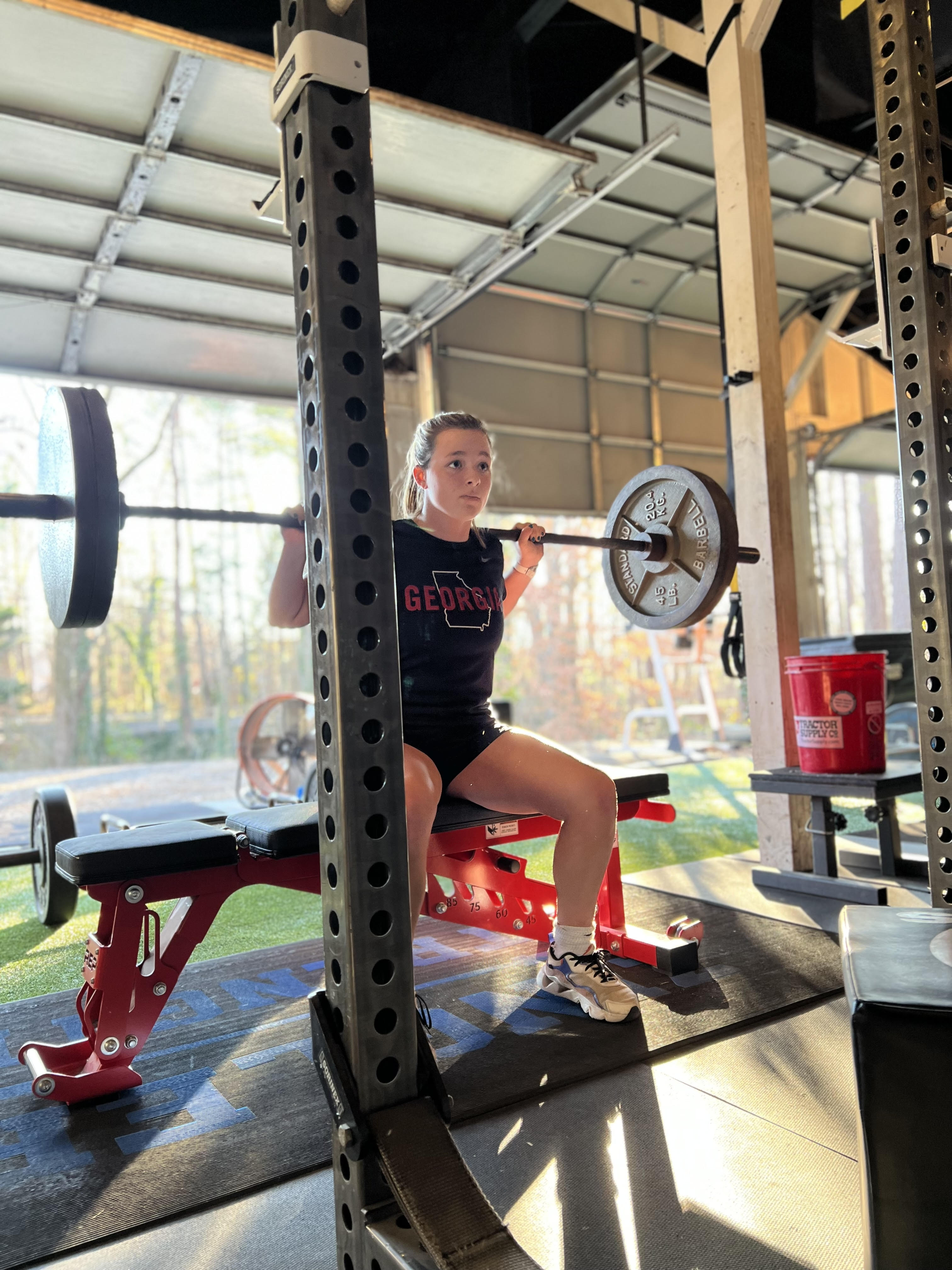You don’t get any points for complexity.
“Developing Athlete In-Season Training:
6-12 Exposures/Month
30-60 Minute Sessions
Low Level Plyos
Acceleration Focused Sprint Work
High Intensity/Low Volume Compounds
Lower Volume Accesories
Leave Feeling Great
In-Season Training doesn’t detract.
Thanks for reading Zingler Strength ! Subscribe for free to receive new posts and support my work.
It Enhances.”
-Ray Zingler on Twitter
I must preface this post with acknowledging there is no one size fits all model to any training. In-Season or Off-Season.
There are a variety of factors that will contribute to individual differences.
The 9th grade athlete serving as a role player on JV, who just started training a year ago, will have a much different in-season training model than the 4-year varsity starter who can slap 4 plates on the bar without giving it much thought.
But in an effort to keep things simple, this post shares a bit of a model that I use when programming In-Season Training.
· 6-12 Exposures Per Month: This is roughly 1-3 times per week. I’ve found that the sweet spot is 2 sessions/week (8/mo), but something is better than nothing and the more exposures you have in-season, the less “comprehensive” each one needs to be.
· 30-60 Minute Sessions: We live in this hour box thinking that every session HAS to be an hour long. Who said? While we offer the hour at our gym, a TON of ground can be covered with 2, ~30-minute sessions per week.
· Low Level Plyos: In-Season athletes are typically getting a TON of sprinting, cutting, jumping, etc. in sport, we don’t need to hammer this quality in training, but touching on the low level work (hops, pogos, etc.) will keep them elastic and further train the lower limbs, preparing them for sporting demands.
· Accel Focused Sprint Work: For most athletes there is no need for long distance sprints in training, the majority of the “speed” work will take place in practice. Use the short sprints as primers.
· High Intensity/Low Volume Compounds: Train Intently, Train Heavy. Train Hard. But there is no need for 5×10. Hit a few sets of heavy, powerful sets of 3-5’s and move along.
· Lower Volume Accessories: If you want to do some lunges or lat pulldowns, that’s fine, but there is no need for 100 reps. Keep the exercise variation low, too, adding that “new” exercise they haven’t done in a while is what makes them sore.
· Leave Feeling Great: If you’re training an In-Season Athlete and he or she leaves feeling SPENT, congrats, you proved you aren’t qualified to train athletes. They should leave feeling energetic and powerful.

Thanks for reading Zingler Strength ! Subscribe for free to receive new posts and support my work.


